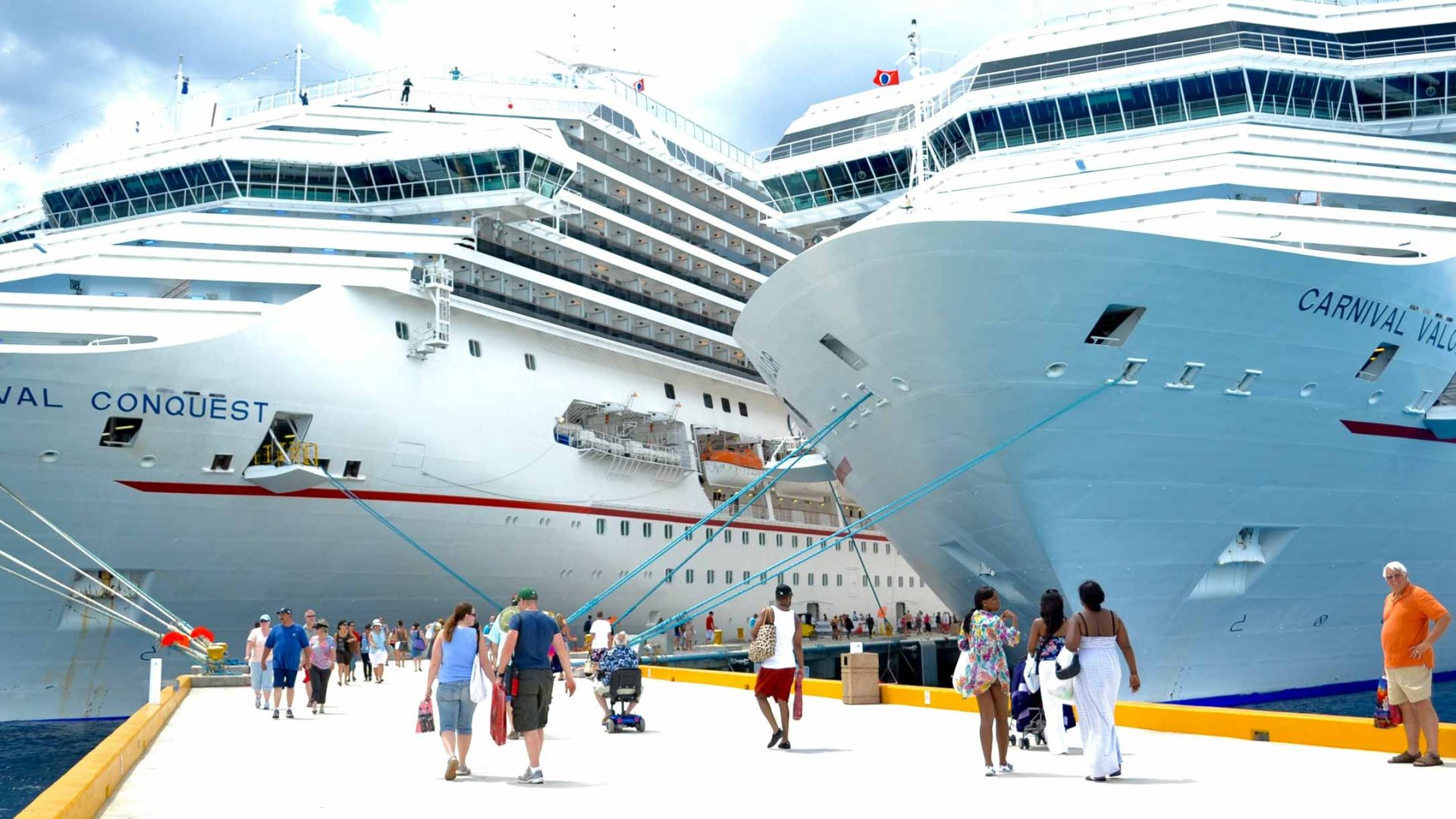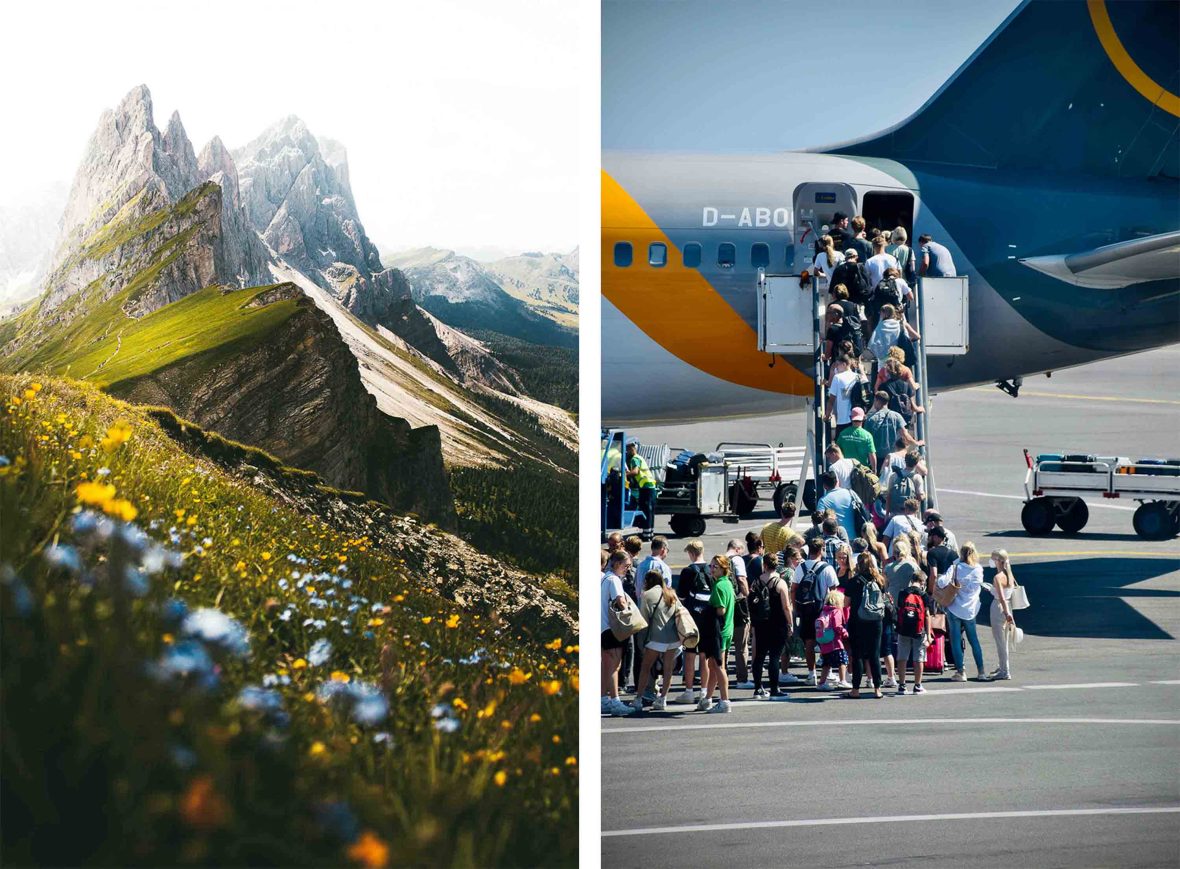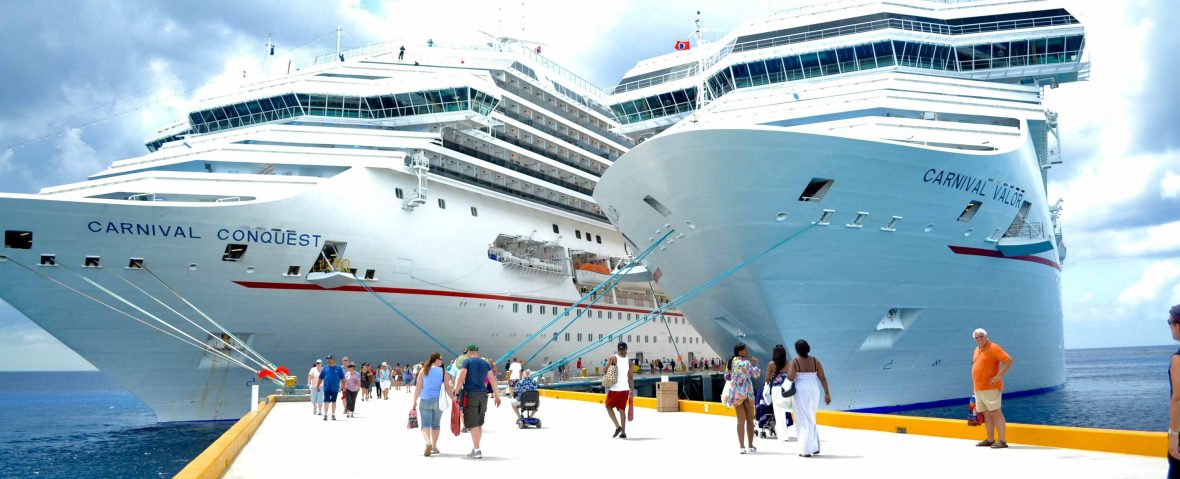
There are myriad opinions out there on solving the overtourism crisis. But what approach is going to be most accessible, feasible and impactful? Sustainable tourism expert Shirley Nieuwland believes ‘degrowth’ is the world’s best bet.


There are myriad opinions out there on solving the overtourism crisis. But what approach is going to be most accessible, feasible and impactful? Sustainable tourism expert Shirley Nieuwland believes ‘degrowth’ is the world’s best bet.
Walking the narrow streets of Venice in July 2019, I saw what it meant to experience overtourism for the first time. Ironically, I was in town for a conference, presenting on the negative impacts of tourism on cities…
Over the past 10 years, the number of tourists arriving into Venice had increased by 52 percent and the number of accommodations by 497 percent (8,49 beds in 2008 to 49,260 in 2019), not to mention 17.5 million annual day trippers. Crowds almost everywhere, streets lined with souvenir shops, and behind the scenes, little housing available for locals. Each day, I dreaded moving around St. Mark’s square, and I was there only for five days. Imagine that being your daily experience.
I see it in the Netherlands too. Near my hometown is Kinderdijk, a UNESCO World Heritage Site known for its windmill-filled landscape, the majority of windmills still inhabited by local residents, millers and their families. Its popularity has grown tremendously and approximately one million people visit each year—but the community has only 800 residents who barely benefit from tourism. In part, the maintenance of the windmills is sustained by tourist spend, but at the same time, there is little interaction between visitors and residents. Residents aren’t involved in tourism development, and local facilities are at risk of disappearing as tourists mostly use the touristic infrastructure, such as the visitor center and tour boats. However, these high visitor numbers create issues for local people such as parking, littering and a sense of overcrowdedness.
As overtourism continues to dominate headlines, there’s been increased talk between travel industry advocates and experts about ‘degrowth in tourism’. But what does that mean exactly? For starters, the term itself is shrouded in misconception. Often perceived as a radical idea that strives for less tourism altogether, or a model that wants zero tourism, that’s far from the full story.

Degrowth in tourism means a way of organizing tourism where social wellbeing and ecological sustainability are prioritized over economic growth; and if needed, tourism numbers and travel movements are reduced. If we take the example of Venice, this could mean limiting the numbers of cruises allowed to arrive, to improve the ‘livability’ of the city and reduce air pollution.
The term has been floating around in tourism for 15 years or so, but has gained traction again as debates rage over overtourism and the environmental impacts of tourism. The basic premise is born of an environmental and political movement that visualizes a world ‘beyond growth’—a worldwide economy in which economic growth is not the ultimate and only goal.
When a place is ‘overtouristified’, limiting or reducing the number of tourists is most likely the only realistic way to bring a place back into balance. The most important thing is evaluating whether ‘growth’ is desirable. This means thinking: What does this place need?
It began with names such as French economist Serge Latouche, Greek ecological economist Giorgos Kallis, and Esawatini-born anthropologist and professor Jason Hickel leading the conversation who argue that limiting economic growth is essential for a sustainable future, a future in which social equity and ecological limits of the planet are considered. But growth is not necessarily forbidden. Instead, degrowth is seen as a way to achieve broader societal goals; in the case of tourism, that means using tourism to improve quality of life or access to public transportation. If tourism and/or growth is is compatible with that, or can even contribute to it, perfect.
It’s when tourism has a counter-effect—for example, in Barcelona or Bali where residents are often outnumbered by tourists—that degrowth measures are often required. This also means that not all forms of tourism everywhere need to be limited, and the two examples I’ll offer up will show the difference.

The first approach is a very localized understanding in destinations experiencing the negative impacts of overtourism, such as overcrowding, degradation of natural areas, or access to affordable housing. Within this context, degrowth in tourism is understood as a local approach where, in the specific destination, a general downsizing of tourism numbers is needed.
When a place is ‘overtouristified’, limiting or reducing the number of tourists is most likely the only realistic way to bring a place back into balance. The most important thing is evaluating whether ‘growth’ is desirable. This means thinking: What does this place need?
For example, a destination may want a bakery, café, or a more frequent bus connection for locals to use, but its permanent population isn’t enough to sustain such facilities. In that scenario, an increase in tourism numbers could contribute to that. An example comes from Valle dei Cavalieri, a rural community in Italy, where local residents have joined forces in an agrotouristic cooperative, which combines nature-based experiences, agricultural practices and rural accommodation. This initiative has led to the re-opening of a bar, restaurant and small grocery shop, which were previously unable to operate, due a lack of local users.
But if overtourism has resulted in a need to restore natural areas, or improve the livability of a place, tourism numbers probably need to be reduced. Places such as the French-Polynesian islands of Bora Bora, the Balearic Islands in the Mediterranean, and the maritime city of Belfast in Maine, have already capped the number of cruise ship arrivals, while others, such as Valencia, Spain, and the Norwegian fjords are in the process of installing a full ban on mega cruises.
Another common degrowth measure is limiting the number of accommodations. Right now, Amsterdam has a full ban on new hotels opening in the city, while in Barcelona, there’s a more gradual move towards banning Airbnb accommodations by not renewing licenses when they expire to ensure livability and affordable housing.
The second approach to degrowth in tourism is related to carbon emissions, which addresses the inherent unsustainability of tourism on a global scale. Traveling the way many people do, taking as many flights a year around the world as anyone can afford, is simply not compatible with achieving sustainability goals.
To reduce global carbon emissions, air pollution and global warming, highly polluting travel movements must be reduced, which mostly requires reducing long-haul and unnecessary short-distance flights. This doesn’t mean travel and tourism is ‘bad’ and should be curbed in all its forms, but at the very least, the way we travel needs to change. We need to travel differently.
Degrowth is about taking a whole new lens to how we see travel and tourism and rethinking the way we organize tourism. It’s also about acknowledging, and even embracing, the idea that economic growth is not the only barometer of success.
How? Well, short flights can be replaced with more climate-friendly modes of transportation such as trains, boats and buses, a move that requires action by travel providers and travelers themselves who then need to make these choices.
But governments hold power here too. While there aren’t many examples of such measures in practice, governments could stop subsidizing airports and air travel, invest in (affordable) low-carbon travel modes, and limit the number of budget flights to make them a less attractive alternative compared to overland travel.
They could also reduce the number of airports in airport-dense hubs such as London or New York, and prohibit flights to destinations that can be relatively easily reached overland, as France and Austria have done—they’ve negotiated with airline carriers to drop short-distance domestic flights of under two-and-a-half hours, which can be reached within three hours by train.
As the two approaches to degrowth in tourism show, degrowth isn’t an absolute, and there’s far more to it than traveling less, or not traveling at all. It’s about taking a whole new lens to how we see travel and tourism and rethinking the way we organize tourism. It’s also about acknowledging, and even embracing, the idea that economic growth is not the only barometer of success.
Degrowth is also about striking a balance between redistributing tourism from places with overtourism to places where tourism can have a positive impact—while at the same time being mindful of the impact our travel movements have on the climate and choosing the less polluting option whenever possible.
Smaller places that lack key local facilities can benefit from tourism growth, as the example of Valle dei Cavalieri shows. However, numbers do not automatically guarantee benefits for a local community, and often what’s needed is a more mindful approach to tourism development.

At the same time, the more ‘famous’ overtourism destinations like Venice, Barcelona, and Amsterdam, need to quickly rethink their efforts to curb tourism. While some measures seem promising, such as reducing the Airbnb offering or limiting cruise ships, other actions such as increasing flight taxes or requesting entrance fees to the city, which was trialed in Venice, appear to be less effective in reducing numbers and carbon emissions. These measures instead seem focused on generating more income rather than addressing the issue at the core.
Degrowth in tourism invites us all to take responsibility. It asks for bold moves from governments and industry, taking measures that are often being dismissed as impossible or unrealistic. But it also asks for travelers to re-examine their travel behavior, as the privilege to travel comes with a responsibility to do it in the most sustainable way possible. Only then we can bring tourism socially and ecologically back into balance, where we measure success by something beyond ‘growth’.
****
Adventure.com strives to be a low-emissions travel publication. We are powered by, but editorially independent of, Intrepid Travel, the world’s largest travel B Corp, who help ensure Adventure.com maintains high standards of sustainability in our work and activities. You can visit our sustainability page or read our Contributor Impact Guidelines for more information.

Shirley Nieuwland is an independent researcher, writer and consultant with a PhD in sustainable tourism. She is the founder of Paradise Found from where she works with destinations to rethink their tourism strategies. She is based in northern Spain and loves mountains, wild nature and traveling by train.






Can't find what you're looking for? Try using these tags: